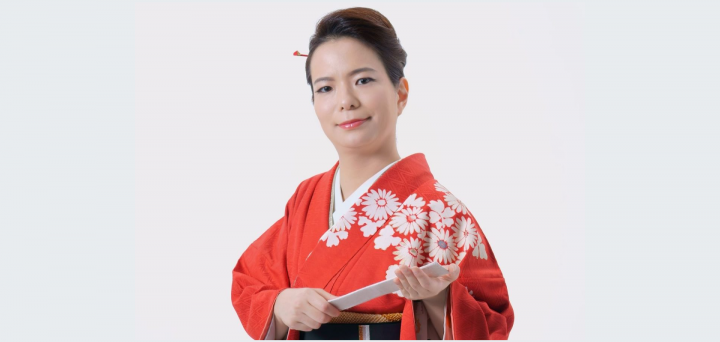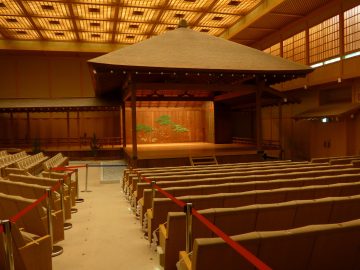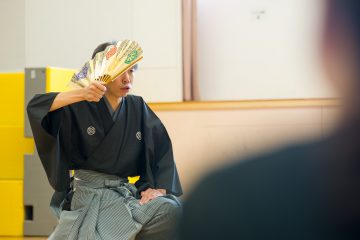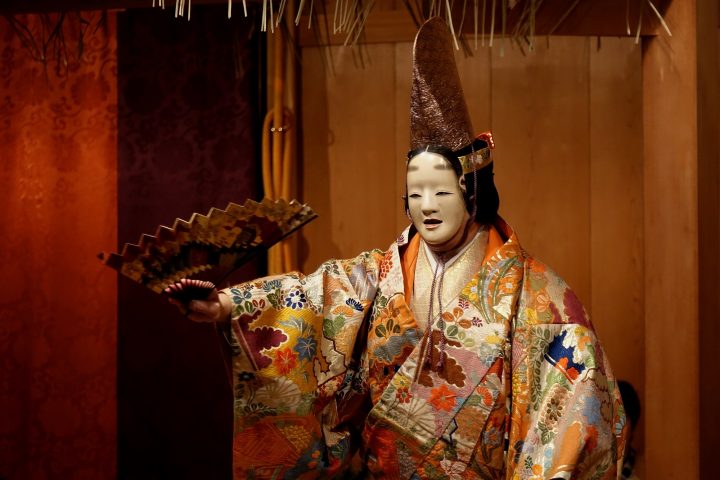It's Kyogen in New York!
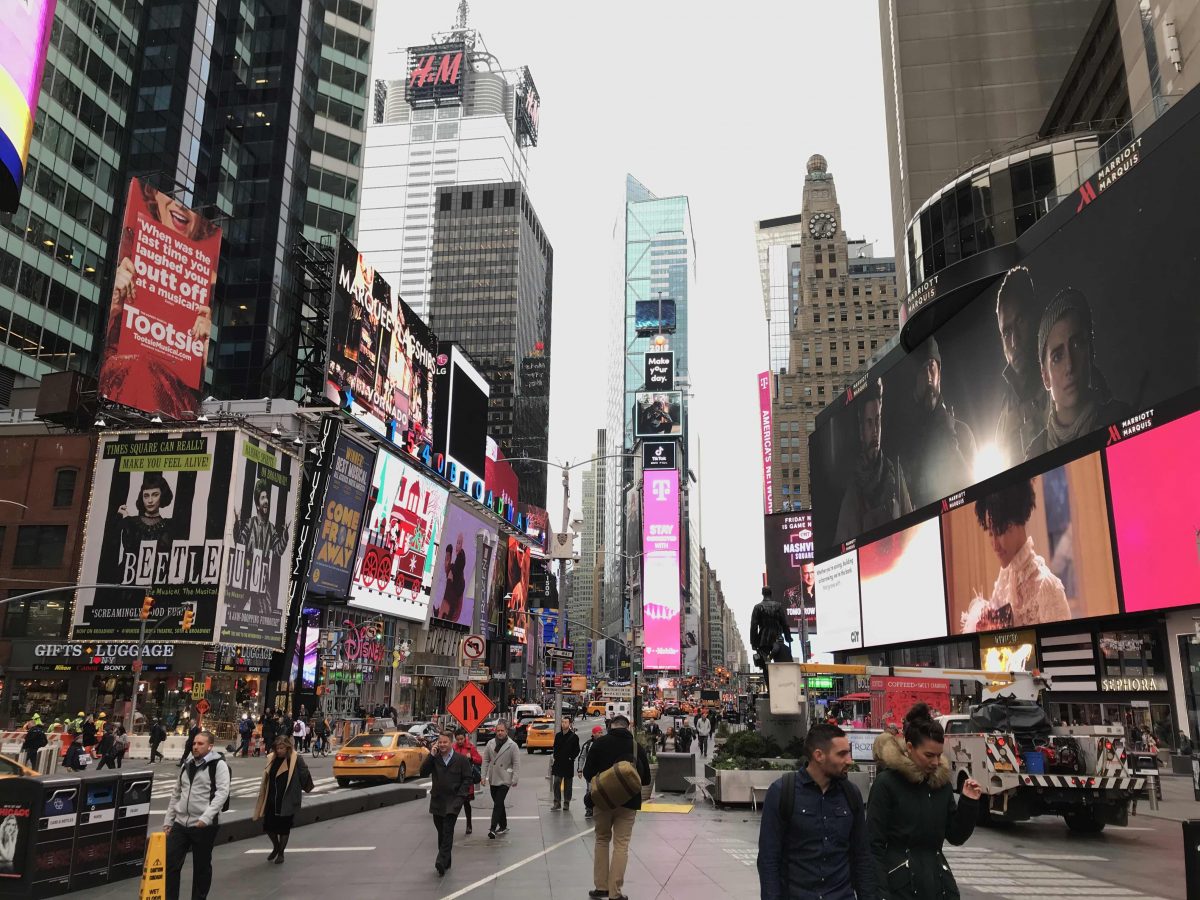
The stage for Kyogen performers living in the 21st century
Vol.11 “The Heart Of KYOGEN” in USA
Ozo doctrine (Noh performer Kyogen style Ozo school)
Walk briskly.
He put his hands in his pockets and walked with big strides.
He was walking at twice the normal speed, if not faster. He was a resident of this town, and walked as if this was an everyday occurrence.
Everyone on the street walks fast. They cross the street even when the light is red. Cars honk their horns without hesitation. The sound echoes between the high-rise buildings. There are many different skin and hair colors.
Even just walking around is busy. This is New York.
As stores and companies change with the times, how will New Yorkers view "The Heart of Kyogen," a Kyogen performance that continues a 650-year tradition?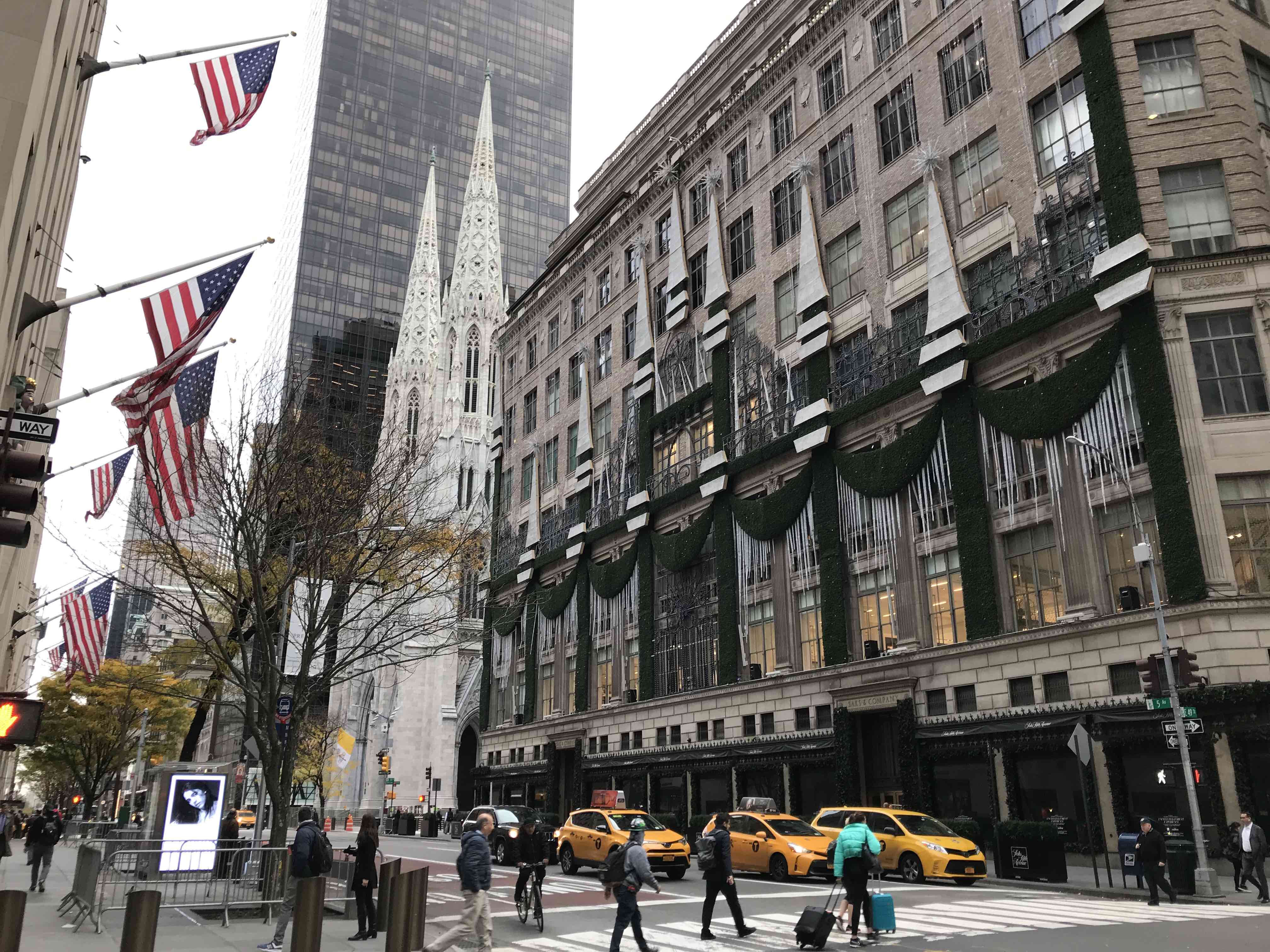
During their five-day visit to the US, they held workshops at educational institutions such as New York University, Princeton University, and Keio Academy of New York, and on the final day they went to Washington DC to hold workshops at George Washington University. The performance took place at a theater called "Bruno Walter Auditorium" in New York.
The contents are as follows.
As the show begins, a kyogen actor appears shouting "Hurry, hurry," and begins, "We're hurrying to New York." Another kyogen actor appears, and the two of them walk through the streets of New York, saying "Hurry, hurry." Along the way, he introduces famous places, asking "Who's that big woman?", "That's the Statue of Liberty," and "What's this tall tower?", "This is the Empire State Building." As he does this, he starts with an intro that sets the stage for arriving at the location, saying "Before we knew it, we'd arrived at XX (the name of the venue)," "Let's open the doors to the venue," and "Rattle, rattle, rattle~ (sound of the door opening)." Although this is not a domestic production, it was specially created for overseas use. The audience was happy and laughed at just this. Of course, it is subtitled.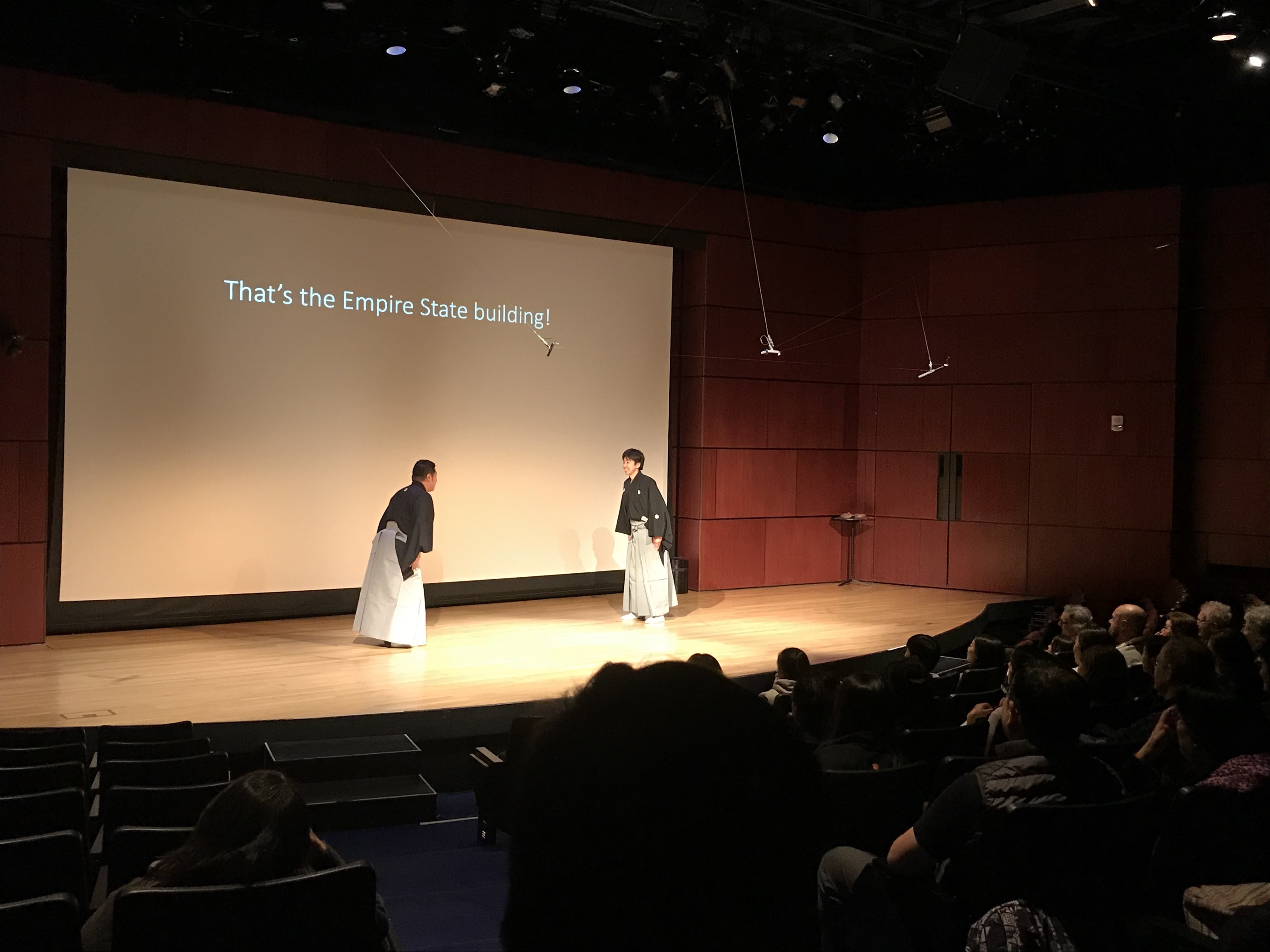
Our method is to give a lecture before the performance.
Kyogen is a form of performance in which the background never changes, and the actors do not rely on sound or lighting, but instead express everything through their lines and actions. This part included a performance, and the audience was asked to guess the actors' actions in a quiz format. Some of the answers were quite difficult to guess, but the audience enjoyed themselves, even as they racked their brains.
We will also introduce the “faces” that are featured on the flyer.
Kyogen masks are used to portray animals as well as gods and spirits, but everyone was surprised to hear that this mask was for the spirit of a mosquito. This reaction is the same in Japan, but the interpreter was also surprised and asked us "Really?" many times.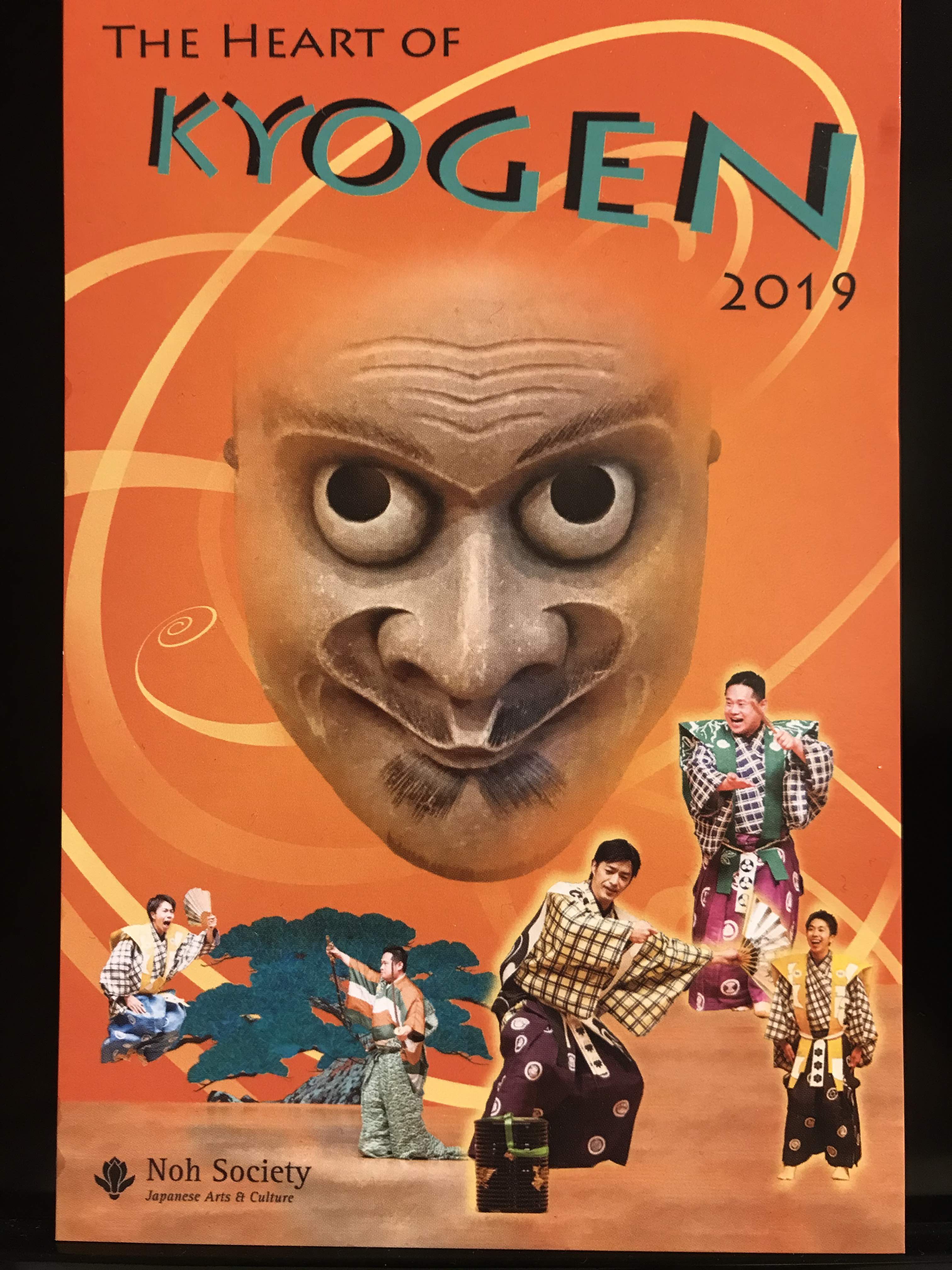
They also had a chance to try out a little bit of Kyogen. I was glad to see them taking on the challenge of the posture and vocalization of Kyogen. I think this is a reflection of the Japanese people's desire to move their bodies, experience things, and deepen their understanding by experiencing things. There were times when we were a little slacker, as the participation rate was so high...
The pieces are "Neonkyoku" and "Fushi." Both are easy to understand and are popular in Japan.
Subtitles are now commonplace in overseas performances. I have been working with Noh Society, the organizer, for nearly five years. If the subtitles are not pressed at the right time, there will be a time lag between the performance and the audience's laughter, so we discussed in detail how to fill this gap and rehearsed. Thanks to this, the stress I had been feeling up until now was relieved and I was able to perform on stage very comfortably.
After the show, we had a party with the staff and were able to talk about various things, which was a great benefit.
Should we focus on a lecture or a performance? We would have preferred to have only a performance, but wouldn't a lecture help people understand better? What is our style and what do we really want to convey? A lively discussion unfolded on such topics. We hope to use this discussion as a springboard to put on an even more powerful performance next time.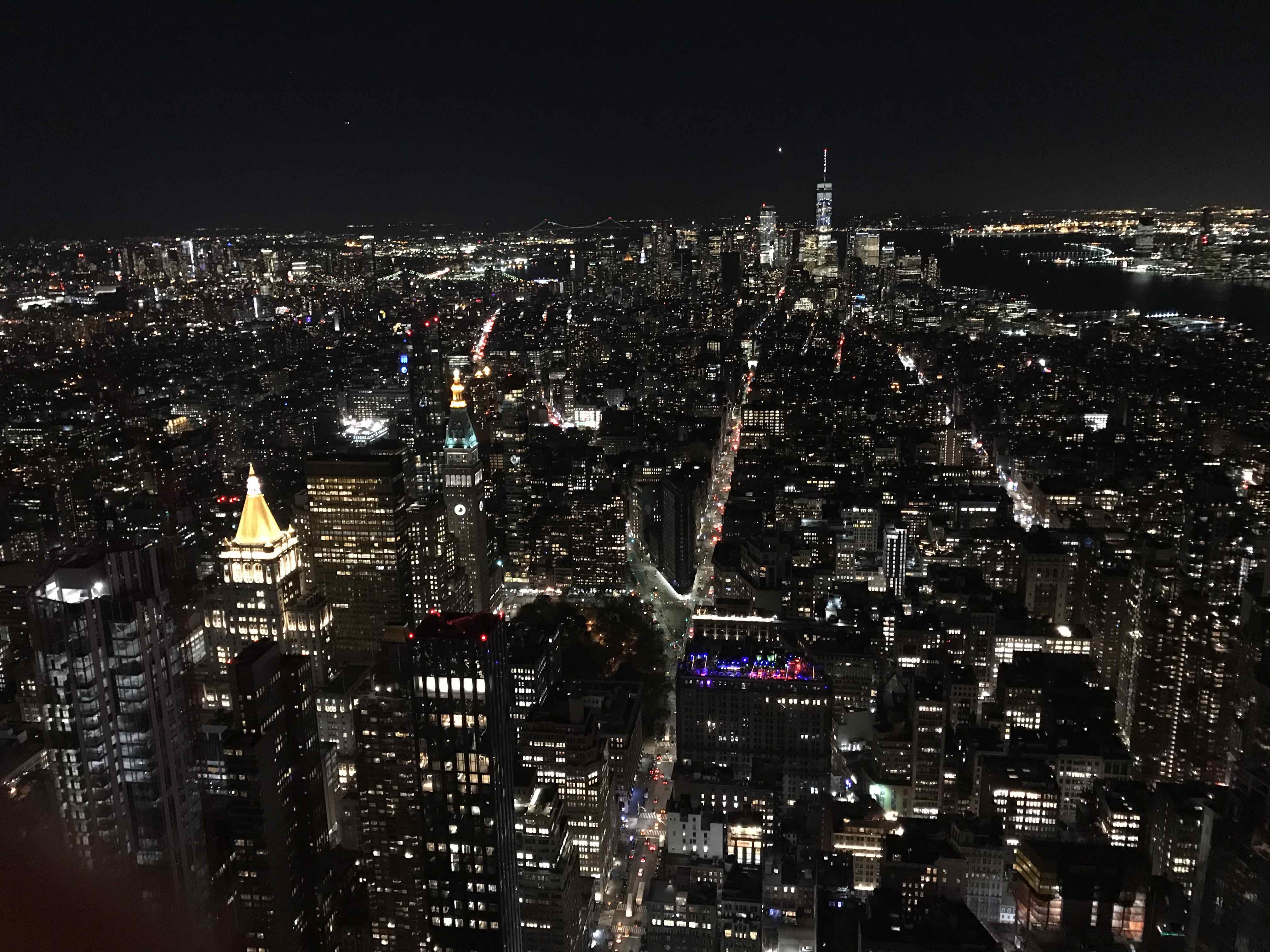
The customers are of various ages. Some of them are fluent in Japanese. There was even a student at Columbia University. When I asked them about their interests and studies in Japanese classical literature and medieval culture, I was surprised at how knowledgeable they were about subjects that were difficult for us to get into.
Japan is a country with a long history and a diverse culture. That is why, not only in manga and cosplay, but also in the diverse charms of each era, I feel like I learned this.
